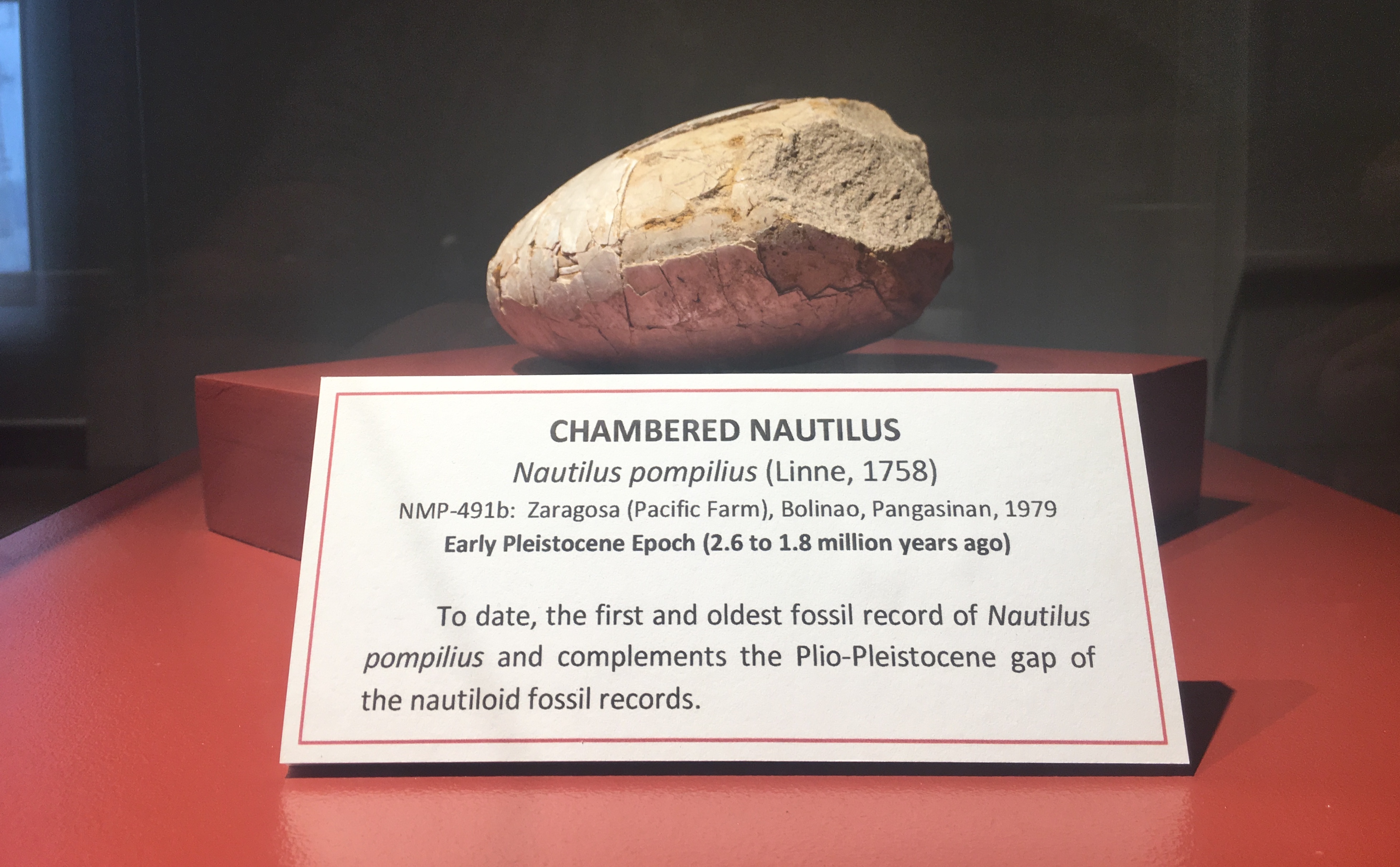|
SoulCollage
SoulCollage is a method of self-discovery through the creation and intuitive analysis of a deck of collaged cards. It was developed by Seena B. Frost, M.A., M.Div. Frost created SoulCollage, then called "Neter cards", while studying under Jean Houston from 1986 to 1989, and further developed it in her private practice of psychotherapy. In 2001, Hanford Mead published her book about the method, ''SoulCollage: An Intuitive Collage Process for Individuals and Groups''. A subsequent book on the subject, ''SoulCollage Evolving: An Intuitive Collage Process for Self-Discovery and Community'' (2010) won a Nautilus Book Award for Personal Development / Psychotherapy. Cards are made by tearing or clipping images (often from magazines) and then combining them, perhaps against a new background image, into a collage. All cards in one's deck should be the same size, generally 5x8 inches. A prototypical SoulCollage deck consists of four suits: * The Committee Suit is made up of images represent ... [...More Info...] [...Related Items...] OR: [Wikipedia] [Google] [Baidu] |
Self-discovery
A "journey of self-discovery" refers to a travel, pilgrimage, or series of events whereby a person attempts to determine how they feel, personally, about spiritual issues or priorities,Film-inspired holidays: The Journey of self-discovery ,''The Guardian'', 9 October 2010 rather than following the opinions of family, friends, neighborhood or . The topic of self-discovery has been associated with . A related term is "finding oneself". There are different stages of finding oneself. Cultures from around the world have develop ... [...More Info...] [...Related Items...] OR: [Wikipedia] [Google] [Baidu] |
Jean Houston
Jean Houston (born 10 May 1937) is an American author involved in the human potential movement. Along with her husband, Robert Masters, she co-founded the Foundation for Mind Research. Biography Early life and education Houston was born in New York City, United States, to Mary Todaro Houston who was of Sicilian descent, and Jack Houston who was related to Sam Houston of Texas.Houston, Jean 1996 ''A Mythic Life.'' New York: Harper Collins Her father was a comedy writer who developed material for stage, television and the movies, including for comedians Bob Hope and George Burns. His work required him, and the family, to move frequently. After the breakup of her parents' marriage, she spent her teen years in New York City. Houston attended Barnard College in New York City in the class of 1958. She subsequently earned a Ph.D. in psychology from Union Graduate School and a Ph.D. in religion from the Graduate Theological Foundation. Career While participating in a US Government ... [...More Info...] [...Related Items...] OR: [Wikipedia] [Google] [Baidu] |
Psychotherapy
Psychotherapy (also psychological therapy, talk therapy, or talking therapy) is the use of Psychology, psychological methods, particularly when based on regular Conversation, personal interaction, to help a person change behavior, increase happiness, and overcome problems. Psychotherapy aims to improve an individual's well-being and mental health, to resolve or mitigate troublesome behaviors, beliefs, compulsions, thoughts, or emotions, and to improve relationships and social skills. Numerous types of psychotherapy have been designed either for individual adults, families, or children and adolescents. Some types of psychotherapy are considered evidence-based for treating diagnosed mental disorders; other types have been criticized as pseudoscience. There are hundreds of psychotherapy techniques, some being minor variations; others are based on very different conceptions of psychology. Most approaches involve one-to-one sessions, between the client and therapist, but some are c ... [...More Info...] [...Related Items...] OR: [Wikipedia] [Google] [Baidu] |
Nautilus Book Award
A nautilus (; ) is any of the various species within the cephalopod family Nautilidae. This is the sole extant family of the superfamily Nautilaceae and the suborder Nautilina. It comprises nine living species in two genera, the type of which is the genus ''Nautilus''. Though it more specifically refers to the species ''Nautilus pompilius'', the name chambered nautilus is also used for any of the Nautilidae. All are protected under CITES Appendix II. Depending on species, adult shell diameter is between . The Nautilidae, both extant and extinct, are characterized by involute or more or less convoluted shells that are generally smooth, with compressed or depressed whorl sections, straight to sinuous sutures, and a tubular, generally central siphuncle.Kümmel, B. 1964. Nautiloidae-Nautilida, in the Treatise on Invertebrate Paleontology, Geological Society of America and Univ of Kansas Press, Teichert and Moore eds. Having survived relatively unchanged for hundreds of millions o ... [...More Info...] [...Related Items...] OR: [Wikipedia] [Google] [Baidu] |
Personal Development
Personal development or self-improvement consists of activities that develops a person's capabilities and potential, enhance quality of life, and facilitate the realization of dreams and aspirations. Personal development may take place over the course of an individual's entire lifespan and is not limited to one stage of a person's life. It can include official and informal actions for developing others in roles such as a teacher, guide, counselor, manager, coach, or mentor, and it is not restricted to self-help. When personal development takes place in the context of institutions, it refers to the methods, programs, tools, techniques, and assessment systems offered to support positive adult development at the individual level in organizations. Overview Among other things, personal development may include the following activities: * Social entrepreneurship or civic engagement * Participating in festivals, conferences, or conventions * Improving self-awareness * Improvin ... [...More Info...] [...Related Items...] OR: [Wikipedia] [Google] [Baidu] |
Natural Health
Naturopathy, or naturopathic medicine, is a form of alternative medicine. A wide array of practices branded as "natural", "non-invasive", or promoting "self-healing" are employed by its practitioners, who are known as naturopaths. Difficult to generalize, these treatments range from the Pseudoscience, pseudoscientific and thoroughly discredited, like homeopathy, to the widely accepted, like certain forms of psychotherapy. The ideology and methods of naturopathy are based on vitalism and folk medicine rather than evidence-based medicine, although practitioners may use techniques supported by evidence. The ethics of naturopathy have been called into question by medical professionals and its practice has been characterized as quackery. Naturopathic practitioners commonly encourage alternative treatments that are rejected by conventional medicine, including resistance to surgery or vaccines for some patients. The diagnoses made by naturopaths often have no basis in science and ar ... [...More Info...] [...Related Items...] OR: [Wikipedia] [Google] [Baidu] |
Chakra
A chakra (; ; ) is one of the various focal points used in a variety of ancient meditation practices, collectively denominated as Tantra, part of the inner traditions of Hinduism and Buddhism. The concept of the chakra arose in Hinduism. Beliefs differ between the Indian religions: Buddhist texts mention four or five chakras, while Hindu sources often have six or seven. The modern "Western chakra system" arose from multiple sources, starting in the 1880s with H. P. Blavatsky and other Theosophists, followed by Sir John Woodroffe's 1919 book ''The Serpent Power'', and Charles W. Leadbeater's 1927 book ''The Chakras''. Psychological and other attributes, rainbow colours, and a wide range of correspondences with other systems such as alchemy, astrology, gemstones, homeopathy, Kabbalah and Tarot were added later. Etymology Lexically, ''chakra'' is the Indic reflex of an ancestral Indo-European languages, Indo-European form ''*kʷékʷlos'', whence also "wheel" and "cycl ... [...More Info...] [...Related Items...] OR: [Wikipedia] [Google] [Baidu] |
Jungian Archetypes
Jungian archetypes are a concept from psychology that refers to a universal, inherited idea, pattern of thought, or image that is present in the collective unconscious of all human beings. As the psychic counterpart of instinct (i.e., archetypes are innate, symbolic, psychological expressions that manifest in response to patterned biological instincts), archetypes are thought to be the basis of many of the common themes and symbols that appear in stories, myths, and dreams across different cultures and societies. Some examples of archetypes include those of the mother, the child, the trickster, and Flood myth, the flood, among others. The concept of the collective unconscious was first proposed by Carl Jung, a Swiss Psychiatry, psychiatrist and Analytical Psychology, analytical psychologist. According to Jung, archetypes are innate patterns of thought and behavior that strive for Self-realization, realization within an individual's environment. This process of Self-actualization, ... [...More Info...] [...Related Items...] OR: [Wikipedia] [Google] [Baidu] |





